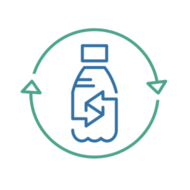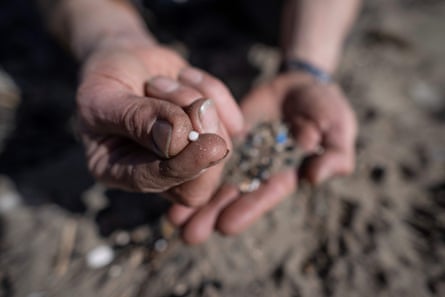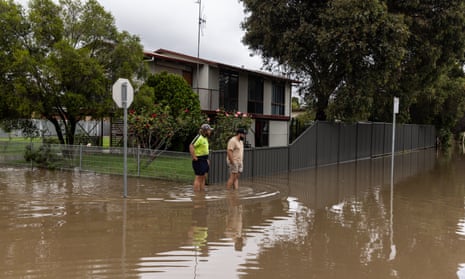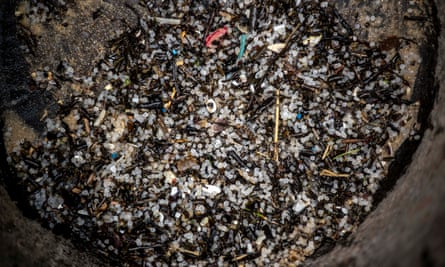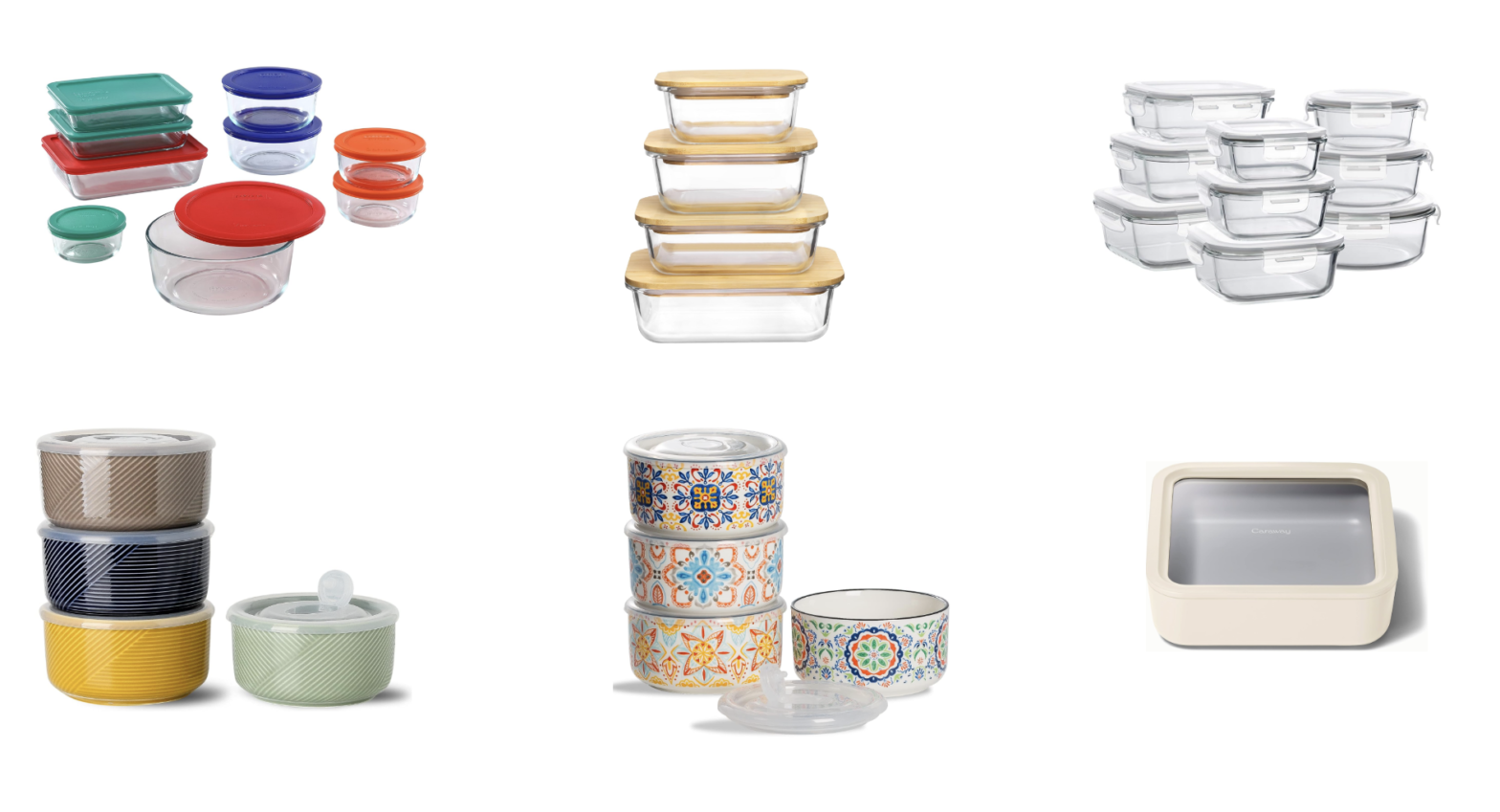This is a summary and explanation of the following research paper: Microplastics in the Food Chain Key Takeaways: Research Paper Summary The research paper “Microplastics in the Food Chain” focuses on several key points regarding the impact of microplastics on the environment and human health: Widespread Contamination of Microplastics The paper highlights that microplastics are …
Author Archives: David Evans
Chemicals in Plastic Packaging & Their Hazards
This is a summary and explanation of the following research paper: Overview of known plastic packaging-associated chemicals and their hazards Key Takeaways: About This Study The authors of this study compiled a database called the CPPdb, which includes 4,283 substances that are likely or possibly associated with plastic packaging. These substances encompass raw materials and …
Continue reading “Chemicals in Plastic Packaging & Their Hazards”
Classification of Chemicals Associated with Plastics
How Are Chemicals That Are Associated with Plastics Classified? There are various levels of classification and different entities that assign labels to chemicals. We often hear that a particular chemical is “classified as an endocrine disruptor” by “xyz” entity, but without proper context these statements can be misleading. This guide will provide you with context …
Continue reading “Classification of Chemicals Associated with Plastics”
The Alarming Reality of Microplastics in Bottled Beverages
The problem with microplastics in drinking water is way worse than we thought. A new study brings to light an accurate measurement of microplastics in bottled water and beverages. The Study’s Findings The research, utilizing advanced spectroscopy techniques, revealed that bottled water contains approximately 10,000 tiny plastic particles per liter. These particles stem from PET …
Continue reading “The Alarming Reality of Microplastics in Bottled Beverages”
The nurdle hunters: is combing UK beaches for tiny bits of plastic a waste of time?
Squatting in the strandline as a storm brewed on the horizon, I combed through the debris with tweezers. I spotted my first nurdle almost immediately. Covered in sand, the pale plastic pellet blended almost perfectly into the background. Next to me, a woman scraped the top layer of sand away and plopped it in a …
Reusable Cutlery for Travel
Here are some of the top-rated reusable cutlery sets: 3 Popular Reusable Cutlery Sets Inkuleer – Simple Set The INKULEER brand, recognized for its travel cutlery set, stands out in the market due to its blend of convenience, durability, and style. This set has garnered high customer ratings, reflecting its popularity among users who appreciate …
Australia news live: EU-style plastic tax could raise $1.5bn; Queensland braces for more storms
AAP is reporting that homes remain under threat from rising floodwaters despite no rain and warm weather predicted for Victoria. Watch and act alerts remain active for the Goulburn River from Seymour to Shepparton, as well as Bendigo and Bullock creeks downstream of Minto. Temperatures are predicted to reach the mid-to-high 30s across the state …
Northern Spain on alert as plastic pellets from cargo spill wash up on beaches
Officials in northern Spain have issued alerts after millions of tiny plastic pellets spilled by a cargo ship off Portugal last month washed up on beaches, raising fears of environmental damage and triggering a political row. Spanish state prosecutors have also launched an investigation after receiving information suggesting the non-biodegradable pellets could be toxic. The …
Continue reading “Northern Spain on alert as plastic pellets from cargo spill wash up on beaches”
5 Things To Consider When Transitioning Away from Packaged Foods
After traveling to a few countries outside the US I quickly realized how unhealthy my diet had been up to that point. While I was raised on 90% processed and 10% fresh foods, I found that most other cultures were the opposite. It also didn’t take me long to realize how much better I felt …
Continue reading “5 Things To Consider When Transitioning Away from Packaged Foods”
Top Glass & Ceramic Food Storage Containers
Here are the top brands to check out if you’re considering replacing plastic with glass or ceramic containers for food storage. Glass vs Ceramic: What’s better for the environment? Short Answer: These two materials don’t differ much when it comes to environmental impact. Glass is recyclable while ceramic is not. More Detail: The primary difference …
Continue reading “Top Glass & Ceramic Food Storage Containers”
